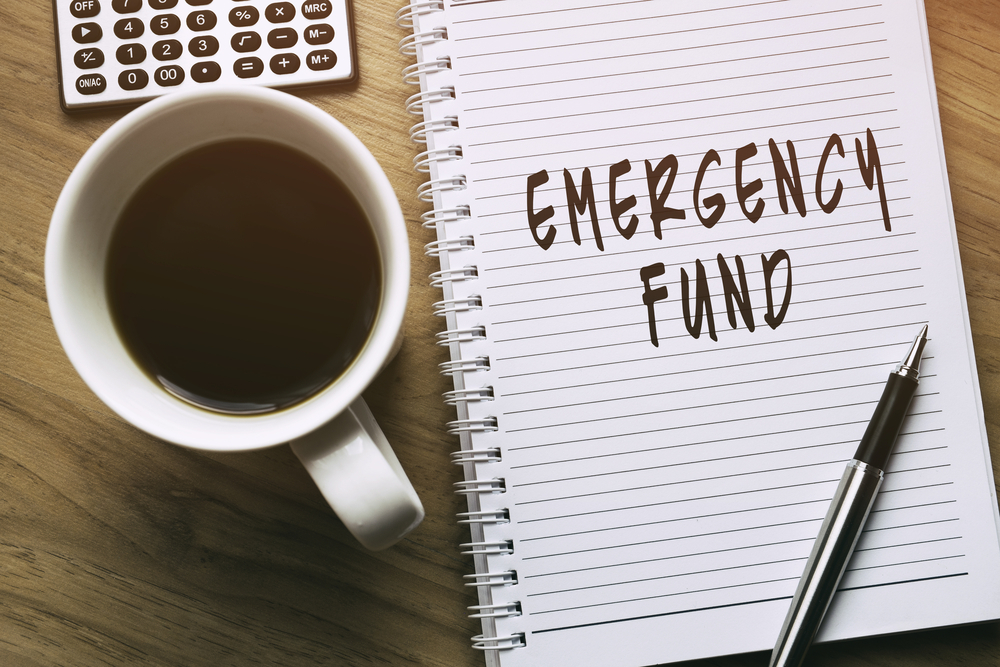Another oversized rate hike is looking more likely in light of troubling global economic conditions putting central banks under pressure to keep hiking rates aggressively.
Some economists have tweaked their forecasts upwards ahead of the Reserve Bank of Australia’s October cash rate decision.
The RBA said it would choose between a 25 or 50 basis point hike when it meets next week, with the central bank flagging the gloomy global outlook and consumer spending habits as two main sources of uncertainty that would guide its decision.
Royal Bank of Canada economist Su-Lin Ong says it will still be a close call but she is now leaning towards another 50 basis point lift.
She said central banks around the world remained hawkish, with the new UK chancellor’s “mini-budget” improving the odds of another large interest rate lift next month.
“With the Australian dollar falling further as global rate expectations reset, adding to domestic inflationary pressures, the RBA remains under pressure to also deliver outsized rate hike,” Ms Ong said.
However, Ms Ong says the RBA’s ‘neutral rate’ – the level that will neither stimulate nor deflate economic activity – will likely be lower than its global counterparts because households are highly indebted and many homeowners have variable rate mortgages.
ANZ economists have stuck with their prediction that the RBA’s tightening cycle will end when it hits a neutral rate of 3.35 per cent but said there’s a good chance it will need to go higher.
“The RBA seems ready to slow the pace of hikes, but global experience suggests more work needs to be done,” ANZ economists said.
“We expect the cash rate to rise to 3.35 per cent by year end, but the risks are growing that a higher cash rate will be needed to quash inflation.”
Australia’s economic troubles are far from over, with the Organisation for Economic Co-operation and Development downgrading Australia’s economic position.
The OECD is now projecting real GDP to grow by 4.1 per cent in 2022, down 0.1 percentage points from its June forecasts, and two per cent in 2023, which is 0.5 per cent lower than predictions made mid-year.
Core inflation in Australia is also expected to hit 5.4 per cent in 2022 before falling to 4.3 per cent in 2023.
The OECD’s economic outlook report showed inflation spreading widely across many economies since Russia’s invasion of Ukraine.
“The effects of the war and the continuing impacts of COVID-19 outbreaks in some parts of the world have dented growth and put additional upward pressure on prices, above all for energy and food,” the report said.
Despite the doom and gloom, consumers have regained some confidence in the economy.
The 2.1 per cent boost in sentiment was driven by an uplift in confidence in Australia’s economic conditions.
‘Current economic conditions’ jumped 4.8 per cent, according to ANZ-Roy Morgan’s weekly consumer confidence survey, and and ‘future economic conditions’ lifted six per cent.
The final score of 87.8 was the highest in four months but was still well below the long-term monthly average of 111.9.
ANZ economist Catherine Birch said strong spending in the face of successive rate hikes has quelled fears of a sharp downturn.
A fall in inflation expectations also buoyed the indicator, despite motorists bracing for a surge in fuel prices in the coming weeks when the fuel excise is reinstated.
Poppy Johnston
(Australian Associated Press)




